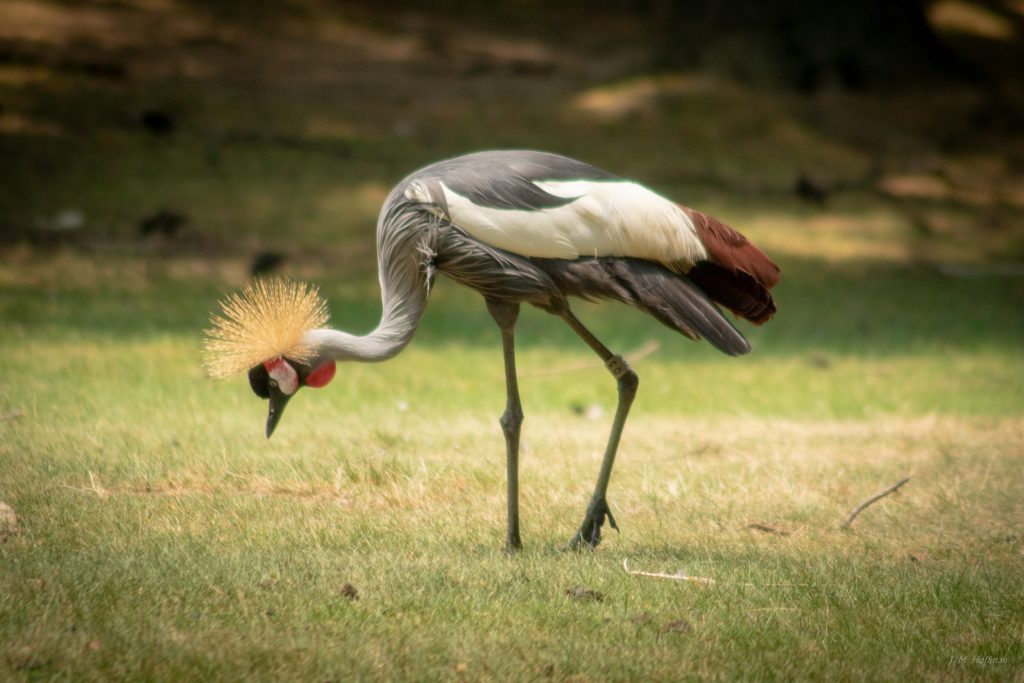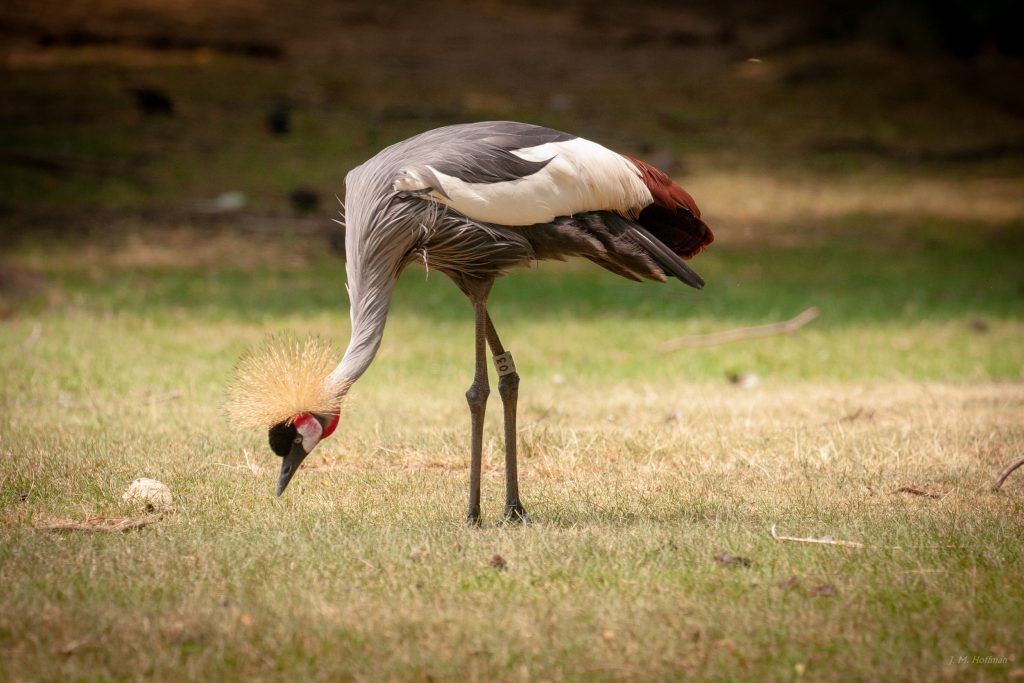It’s one of the most commonly asked photography questions: Are you better off investing in a better lens or in a better camera? That is, which contributes more to image quality, the lens (glass) or the body (sensor)? Here’s a definitive, objective answer, based on real-world tests.
In particular, I tested two bodies and two lenses.
The bodies are the antiquated Canon EOS 30D from last decade, with its 8.2Mpix sensor (available used for about $150); and the modern Canon EOS 7D Mark II, released a few years ago (about $1,000 used).
The lenses are the consumer-grade Canon 75-300 f/4.5-5.6 (about $75 used) and the pro-grade Canon 100-400 Mark II f/4.5-5.6 “L” (about $1,700 used).
Obviously, the 7D Mark II / 100-400 “L” combination greatly outshines the 30D / 75-300. The interesting question is whether you’re better off with the pro lens on the outmoded consumer-grade camera or the consumer-grade lens on the pro camera.
Here are the results from a day at the zoo, and it’s no contest.
An Easy Test
The first test doesn’t demand much of the lens or the body. Here are the results:


Not surprisingly, both combinations do a fine job. At screen resolution, the Canon 30D/100-400 combo (second photo) is a little better than the Canon 7Dii/75-300 version, but not much. Here’s a direct comparison:


A Harder Test
But in a harder test, the differences become more obvious:


The 100-400 “L” lens produces a much, much better image, even on the Canon 30D:


Here you can see the stark difference:

And here’s a zoomed-in view:

Even on the older sensor, the pro-grade lens produces so much more detail that by comparison the second image actually looks out of focus. It’s not. It just doesn’t have anywhere near the detail of the first.
A Third Test
These shots of a crane, also at the zoo, tell the same story:




What about Camera JPGs (SOOC)?
So far we’ve seen RAW files processed in Lightroom. RAW files let you get the most out of an image, but not everyone wants to muck with their photos on a computer, so there’s value in comparing JPG files straight from the camera.
The modern camera does a slightly better job here, but not nearly better enough to make up for the defects of the inferior lens.




The Takeaway
So there’s no doubt. A pro lens on a decade-old camera will give you better results than a consumer lens on a new camera. If you’re looking for better image quality, invest in a better lens, even if you have to sell your current body to do so.





One thought on “Lens Versus Body: The Definitive Answer (Part 1)”
Some people here and on reddit have suggested that the Canon 75-300 is useless, so this isn’t a reasonable test.
Certainly the 75-300 isn’t a good lens, but that doesn’t mean that it’s useless. I got one of my favorite shots — a woodpecker landing — with the 75-300. And while it would have been better with a better lens, I’m still happy with the final result: